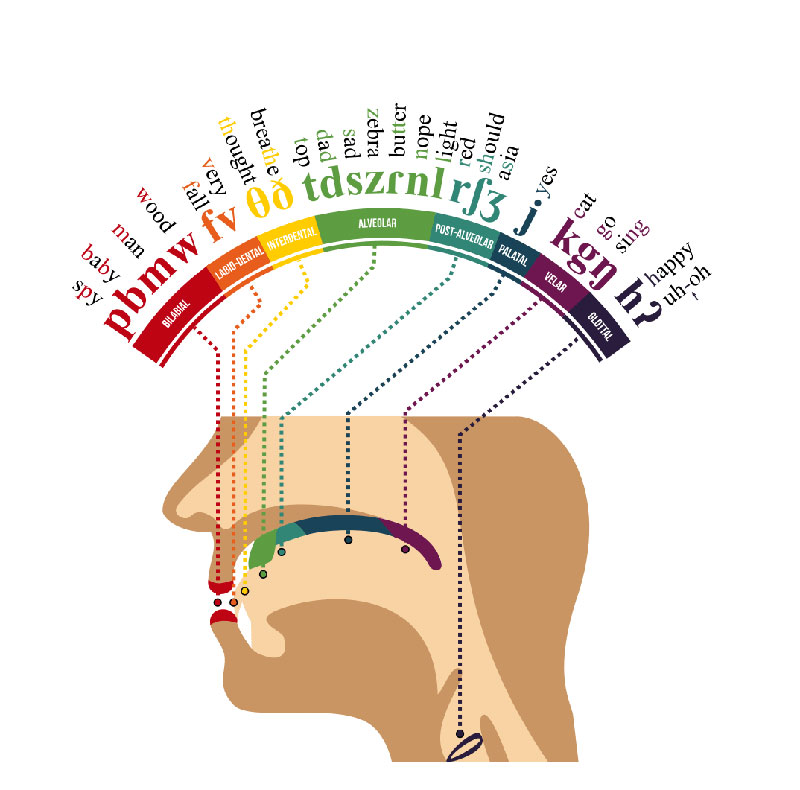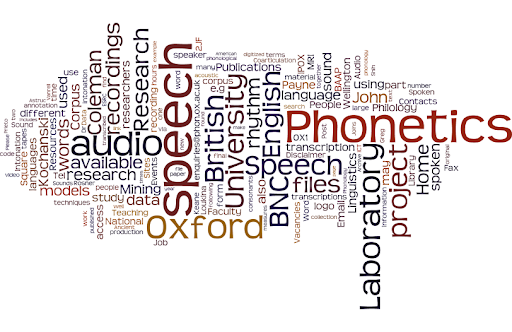Phonology
Phonology
Phonology is the study of the sounds used to structure and express language. Having a solid understanding of phonology will help ESL and language teachers more accurately assess their learner's oral skill level and determine the causes of persistent errors in speech and writing patterns.
Phonemes are the basic building blocks of spoken language. The Phonics method is particularly effective for ESL instruction because it allows learners to visualize the building blocks and make the connections to similar and dissimilar L1 phonemes and words.
The reason phonology is so important in ESL teaching is that learners typically refer to their understanding of the L1 phonemes to make sense of English sounds. This can lead to language errors. Phonology can be used to provide students with visual, graphical, and linguistic references, making it easier for ESL learners to permanently correct the error.
So, why wouldn't I use phonology to correct errors made by Spanish language learners? First, Spanish only has five vowel sounds and the entire lexicon is spelled the way it sounds with the sole exception of the silent h sound in words like Hidalgo. For this and many other reasons, phonology does not bring enough value to Spanish language teaching to justify the allocation of precious contact classroom hours to phonology.

